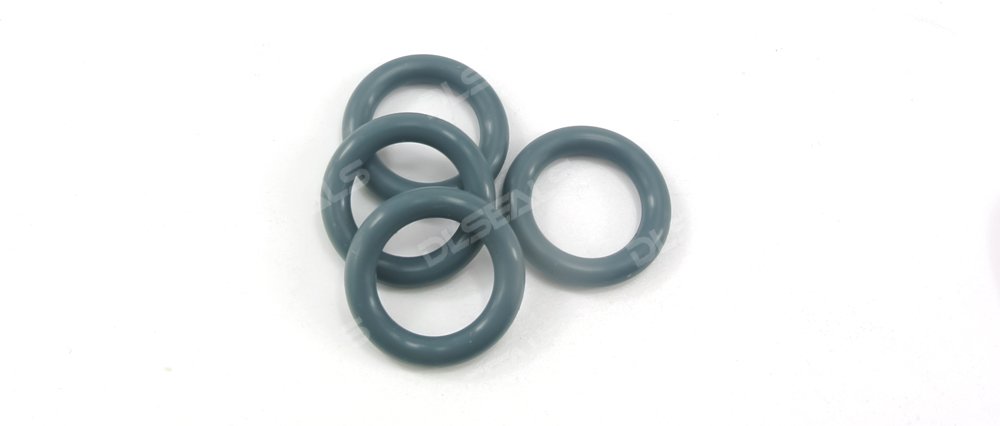In the realm of medical device manufacturing, choosing the right sealing material is crucial for ensuring performance, safety, and reliability. Two commonly used materials for seals are rubber and silicone, each offering unique properties suited to different applications.
Rubber Seals:
Rubber seals, typically made from materials like nitrile rubber (NBR) or ethylene propylene diene monomer (EPDM), are valued for their flexibility, resilience, and cost-effectiveness. They provide good resistance to water, oils, and many chemicals, making them suitable for a wide range of medical devices including pumps, valves, and fluid handling systems. Rubber seals are known for their durability and ability to maintain sealing integrity under varying pressures and temperatures.
Silicone Seals:
Silicone seals are favored for their exceptional biocompatibility, thermal stability, and inertness. They are often used in medical devices that require prolonged contact with body fluids or tissues, such as respiratory masks, catheters, and implantable devices. Silicone offers excellent flexibility over a wide temperature range, low compression set, and resistance to UV radiation and ozone, making it ideal for critical medical applications where reliability and long-term performance are essential.
Comparative Analysis:
Biocompatibility: Silicone seals have superior biocompatibility compared to rubber, making them safer for prolonged contact with bodily fluids and tissues, reducing the risk of adverse reactions.
Chemical Resistance: While rubber seals offer good resistance to oils and chemicals, silicone seals excel in resistance to extreme temperatures, UV exposure, and ozone, which are critical factors in certain medical environments.
Durability: Rubber seals are generally more economical and durable under mechanical stress, maintaining their sealing properties over time. However, silicone seals exhibit better resilience against compression set and maintain flexibility over a wider range of temperatures.
Conclusion:
Choosing between rubber and silicone seals for medical devices depends largely on the specific requirements of the application. Rubber seals are cost-effective and suitable for many standard medical device applications, while silicone seals offer superior biocompatibility and performance in specialized medical applications requiring prolonged contact with bodily fluids or extreme environmental conditions.
Both materials have their strengths, and selecting the appropriate seal material should be based on factors such as biocompatibility needs, environmental conditions, durability requirements, and regulatory standards. Manufacturers should carefully evaluate these factors to ensure the optimal performance and safety of their medical devices.
By understanding the comparative advantages of rubber and silicone seals, medical device manufacturers can make informed decisions that align with their product’s performance and regulatory requirements.
Post time: Jul-05-2024

